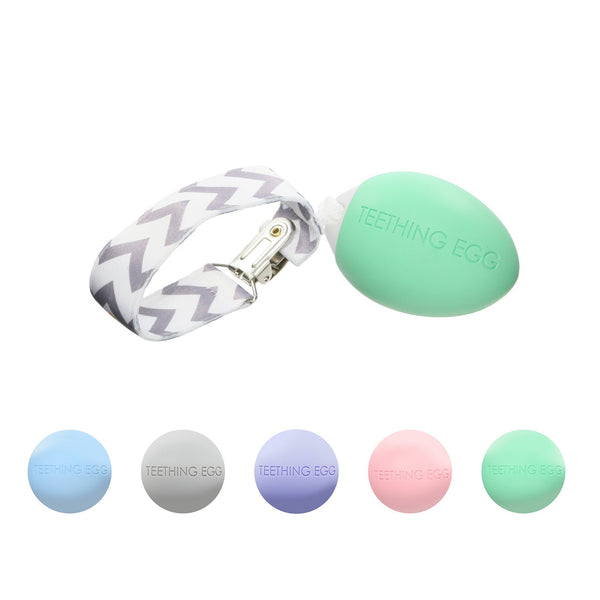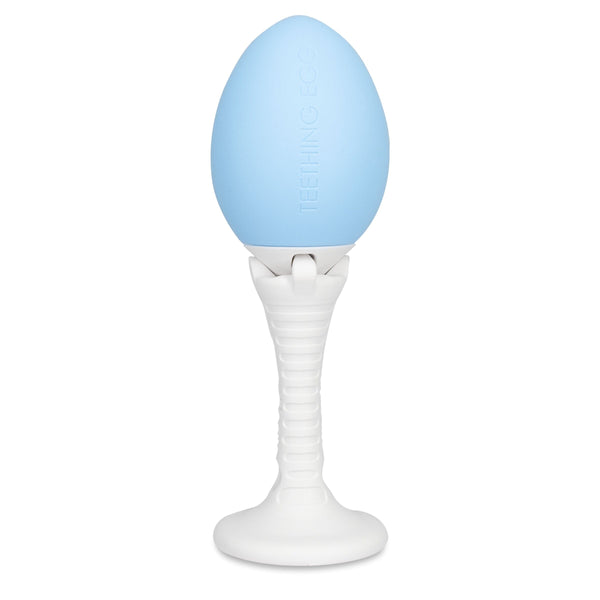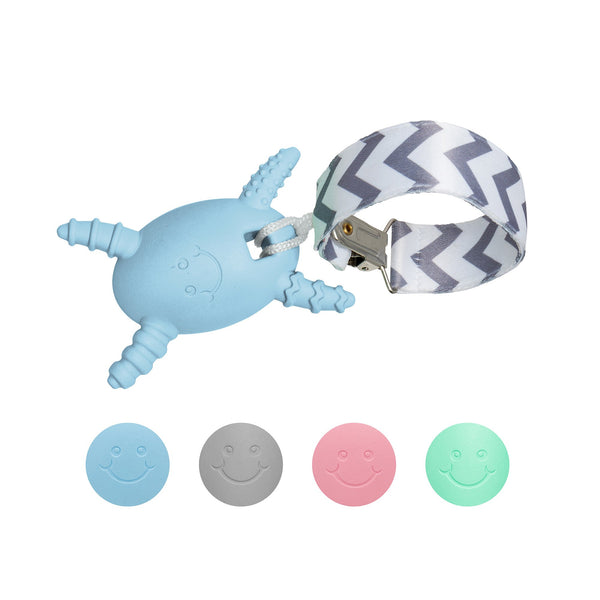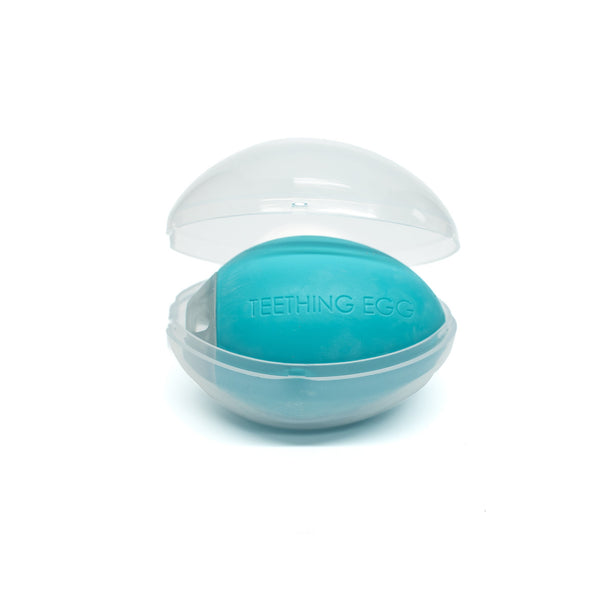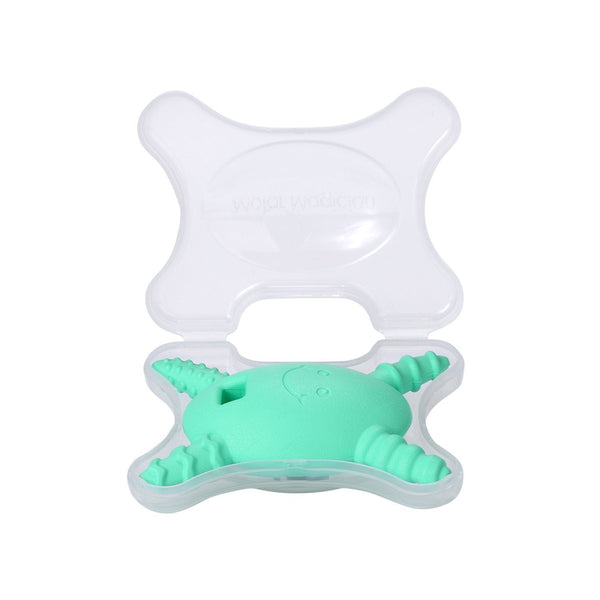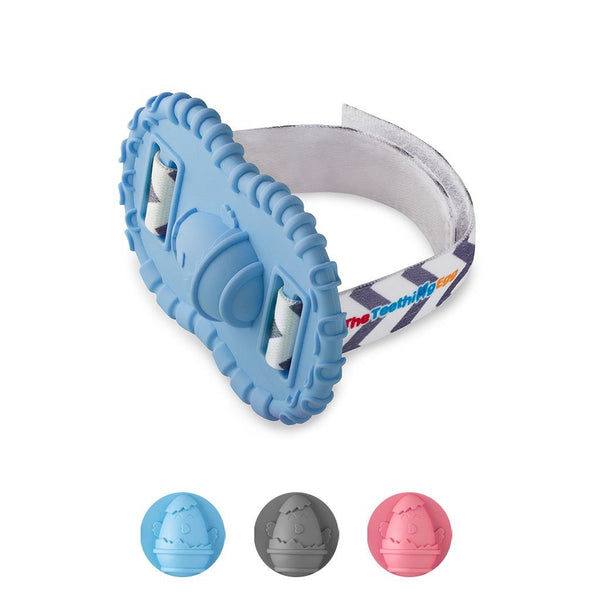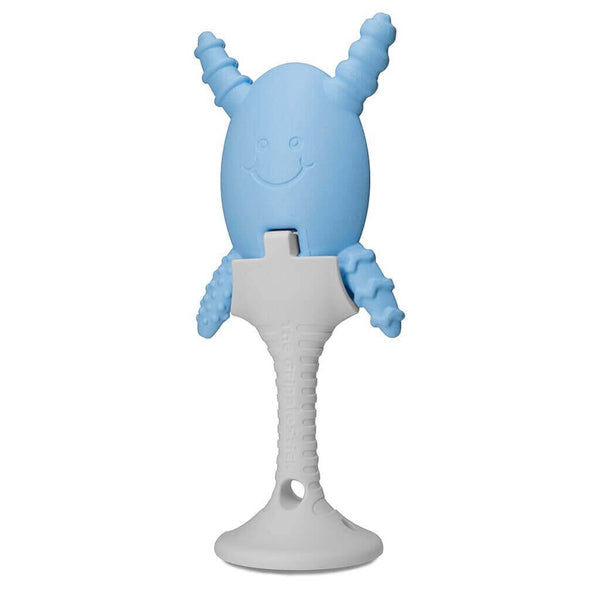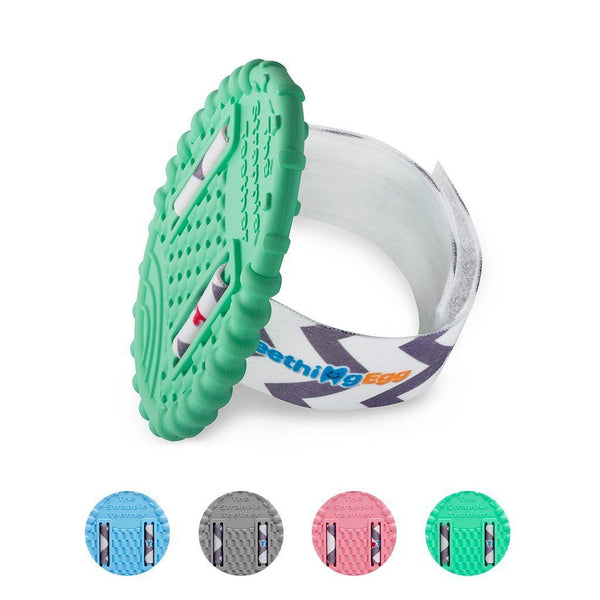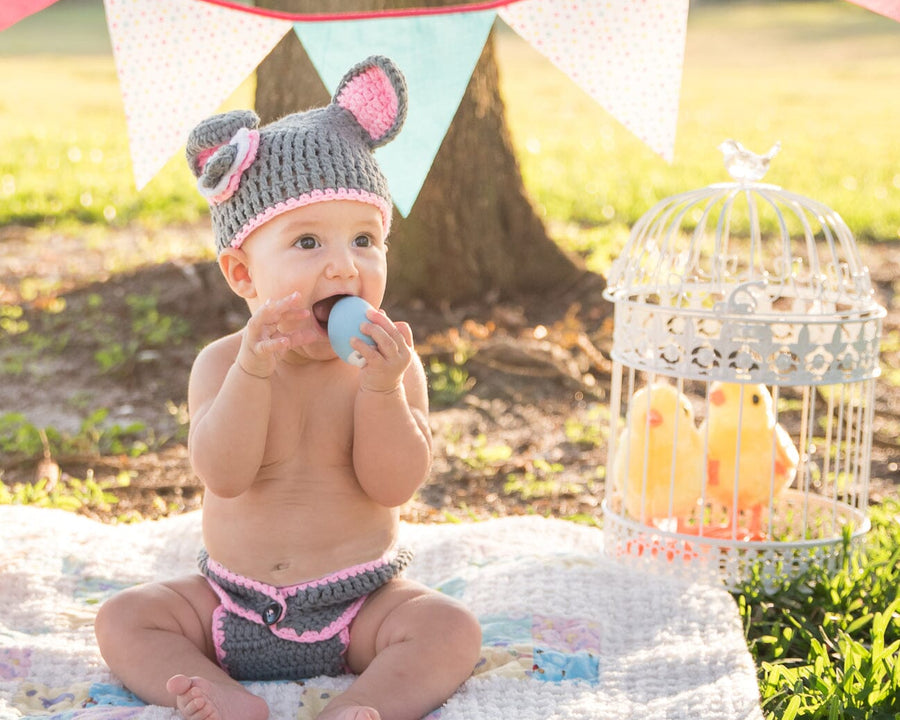Teething is a significant developmental milestone in a baby's life, but it often comes with discomfort and fussiness. As a parent, finding the right teether for your little one can make this phase more manageable and soothing. With an array of teether options available on the market, it's important to understand the various types, materials, shapes, and stages of teething to make an informed decision. In this article, we will explore how to choose the perfect teether for your baby, comparing different aspects to ensure your baby's comfort during this challenging time.
Types of Teethers and Their Materials
Teethers come in various types, each catering to different needs and preferences. Here are the most common types of teethers and the materials they are made from:
- Plastic Teethers: These are often the most affordable and readily available teethers. Look for BPA-free, non-toxic plastic options to ensure your baby's safety.
- Silicone Teethers: Silicone teethers are popular due to their soft texture and flexibility. They are free from harmful chemicals and can be chilled for extra relief.
- Rubber Teethers: Natural rubber teethers are eco-friendly and gentle on the baby's gums. They often come in cute shapes and are safe for chewing.
- Wooden Teethers: Wooden teethers are a natural and durable option. They should be made from non-toxic, untreated wood and have a smooth finish to prevent splinters.
- Fabric Teethers: Fabric teethers combine different textures for sensory stimulation. They usually have a teething element attached to a soft fabric, providing comfort and entertainment.
Shapes of Teethers and Target Areas
The shape of the teether can determine which area of the baby's mouth it targets. Here are some common shapes and their corresponding target areas:
- Ring Teethers: These circular teethers are easy for babies to hold and can be used to soothe both front and back gums.
- Textured Teethers: Teethers with various textures can provide targeted relief to specific areas of discomfort in the mouth.
- Gel-Filled Teethers: These teethers can be chilled to provide cooling relief to sore gums. They often have different shapes to reach different areas.
- Molar Teethers: Designed to reach the back molars, these teethers have an extended shape to provide relief to the harder-to-reach areas.
Teethers for Different Stages of Teething
Teething occurs in several stages, and different teethers can be beneficial at different times:
- Early Teething: During the initial stages of teething, when the front teeth are erupting, soft silicone or rubber teethers can provide gentle relief. Teething rings with different textures can also be comforting.
- Molar Teething: As your baby's molars start to come in, molar teethers with longer or more intricate designs can help reach these back areas for soothing relief.
- Chilling Relief: Cold temperatures can help numb sore gums. Gel-filled teethers that can be refrigerated provide cooling comfort during teething.
- Sensory Exploration: Fabric or multi-textured teethers can engage your baby's senses and provide both tactile and oral stimulation.
Safety Considerations
When choosing a teether for your baby, safety is paramount:
- Materials: Opt for teethers made from non-toxic, BPA-free, and phthalate-free materials.
- Size and Shape: Ensure the teether is large enough that it can't be swallowed or lodged in the baby's throat. Avoid small parts that could break off.
- Ease of Cleaning: Choose teethers that are easy to clean and sanitize to maintain your baby's oral hygiene.
- Supervision: Always supervise your baby while using a teether to prevent choking hazards.
Conclusion
In conclusion, choosing the right teether for your baby involves considering various factors such as the type of teether, the materials used, the shape, and the target areas it aims to soothe. By understanding your baby's teething stage and preferences, you can provide comfort and relief during this challenging time. Remember to prioritize safety, hygiene, and your baby's comfort when making your selection.
